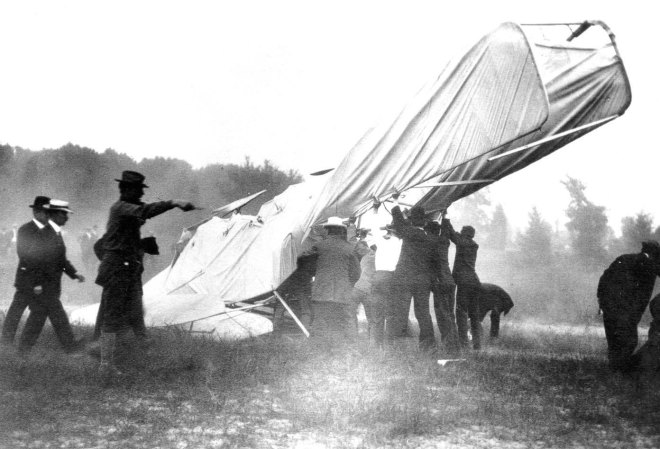tl;dr: Failure is bad but its also a rite of passage for building great products. We need to continue to frame it as such, and I discuss some ways to do this.

Everybody wants to be successful. We want our products to succeed, we want them to be adopted, and we want them to improve people’s lives. However, the reality is that most of our initiatives will end in failure relative to our expectations, & even relative to some minimum threshold of external success.
For many of us who are wired for overachievement over years of schooling, university, and success in various past roles, there is some trepidation about failure. From quizzes, tests to performance reviews, we are reminded of our failures. Unsurprisingly, we are conditioned to see failure as inherently bad. In school or university, or in less uncertain circumstances, it was reasonable to frown upon failure. Failure at problems which were deductive in nature was a reflection of our competence.
Fast forward to a startup or a technology company, the framing of the problem is much different. No longer is the problem deductive, nor are the rules of the world in which we operate predictable. While there might be an answer waiting to be found, it will more likely be “discovered” after many attempts than arrived at in some deductive manner. This is why I think we need to constantly reframe failure by defining success as a collection of unique failures, where we learn something new from each failure.
Build to learn
As we solve problems in an unpredictable world, it becomes important to look at our initiatives as experiments that’ll teach us something new about the world. In the business sense, a successful experiment furthers our business goals. However, on the path to that success, a successful experiment teaches us something new about the world. These experiments can vary from very rigorous quantitative undertakings on one end to qualitative testing with users based on prototypes. Therefore, for every project or initiative, we must ask what we want to learn and what we learnt, in addition to whether we succeeded.
Encourage internal attribution of failure
Failure is generally stigmatized. As humans, we internalize it as a bad thing, and our external systems tend to penalize it as well (they definitely don’t reward it!). The unfortunate consequence of this is that we are reluctant to internally attribute failure. This is bad because studies have shown that this “ambiguity of responsibility” impairs our ability to learn.
Independent of whether our actions resulted in failure or whether external conditions were responsible, internal attribution results in better learning. Here again I think how we build our products (reviews, retrospectives) or our teams (1 on 1s, performance reviews) can go a long way in creating a safe environment for learning. Saying “My Bad” is more powerful than we think.
Derisk early
Inherent in an environment where most initiatives fail to achieve their desired goal, it becomes imperative to derisk early. The universal truth about derisking is that everything can be derisked as long as we are ready to reorganize how we work. In my experience, derisking also inspires creativity. This is why I think constraining resources or timelines becomes important, something that is admittedly difficult at a well funded businesses
So while I think failure is a bad thing but its also a rite of passage for building great products. As a technology company grows, this becomes vital for it to maintain its trajectory.